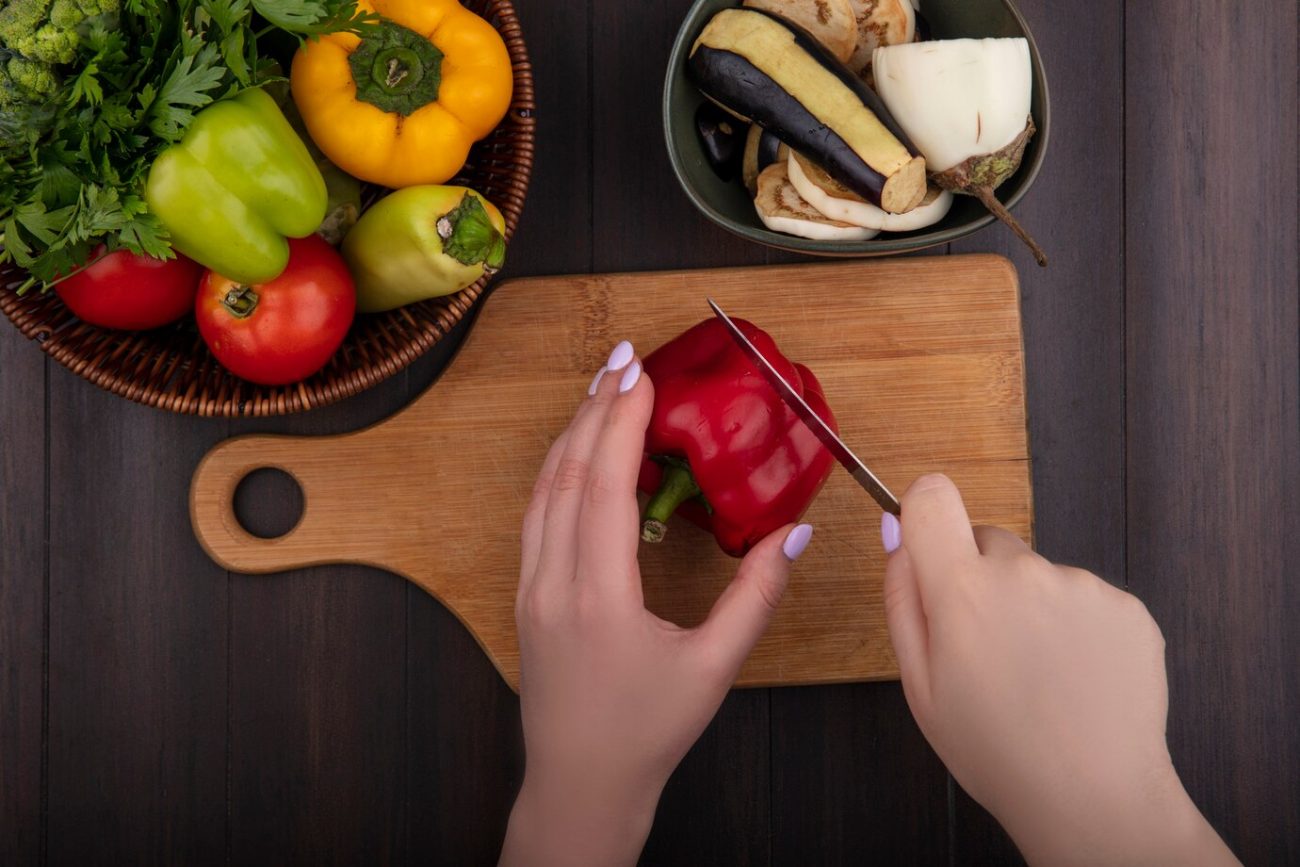A Sharp Reminder: Keep Your Knife Safe and Clean!

Knives are one of the most essential tools in any kitchen. They make cooking much easier, from slicing fresh vegetables to preparing meats. However, mishandling, improper storage, or poor maintenance can lead to accidents, injuries, and ruined meals.
Whether you’re a seasoned chef or a beginner, handling, cleaning, and storing knives properly is a simple habit that ensures safety, hygiene, and efficiency in the kitchen. Here’s everything you need to know about knife safety, proper use, and maintenance.
Why Knife Safety Matters
Many kitchen injuries are preventable, and most of them happen because of mishandling sharp tools. A few common causes of kitchen-related accidents include:
- Improper Handling: Slips and accidents often occur when we’re distracted or cutting improperly.
- Unsafe Storage: Leaving knives in unsafe places can lead to injuries for children, pets, or adults.
- Lack of Hygiene: Using dirty knives can result in cross-contamination, making food unsafe to eat.
By implementing simple safety measures, you can avoid these common risks while creating a safer, more efficient kitchen environment.
How to Keep Your Knife Safe and Clean
Here are essential tips and techniques to ensure safety, hygiene, and proper maintenance of your kitchen knives.
1. Keep Your Knife Spotless
A clean knife is vital for both safety and hygiene. Bacteria can transfer from a dirty knife to your food and cause health concerns.
How to Clean Your Knife:
- Always wash knives immediately after use with warm water and dish soap.
- Avoid leaving knives submerged in water, as bacteria can thrive.
- For an extra level of cleanliness, use a water-vinegar solution to sanitize your knife when necessary.
A few moments of cleaning will save you from long-term health risks.
2. Store Your Knife the Right Way
Unsafe storage can lead to unnecessary accidents. Improperly placed knives can be dangerous to curious children, pets, or even adults.
Safe Storage Options:
- Knife Blocks: A wooden knife block keeps your knives neatly stored and reduces the risk of accidental contact.
- Magnetic Strips: These are modern, efficient, and save counter space while keeping knives secure and sharp.
- Drawer Organizers: If you lack space for blocks, using dividers or special organizers can help safely store your knives.
Safe storage ensures that sharp tools stay out of reach and last longer.
3. Learn Proper Cutting Techniques
The way you use your knife during food prep can greatly affect your safety. Improper technique increases the risk of cuts and injuries.
Cutting Tips for Safety:
- Use the Right Knife for the Job: Chef’s knives, paring knives, and bread knives all serve different purposes. Choose accordingly.
- Use Steady, Deliberate Movements: Avoid rushing or forcing cuts.
- Practice the Claw Grip: Curl your fingers into a “claw” to keep your fingers safely away from the blade.
With proper technique and attention to detail, cooking can become safer and easier.
4. Keep Your Knife Sharp
Surprisingly, dull knives are actually more dangerous than sharp ones. A sharp knife cuts smoothly with less force, which minimizes the risk of slipping during use.
How to Maintain a Sharp Knife:
- Regularly use a sharpening stone or honing rod to maintain its sharp edge.
- Avoid using damaged or worn-out knives, as they can compromise safety and efficiency.
- Professional sharpening services are a great option if you aren’t comfortable sharpening your knives at home.
Remember, sharp knives make chopping, slicing, and dicing much easier and safer.
5. Teach Kitchen Safety to Your Family Members
If children or other members of your household are spending time in the kitchen, teach them about knife safety. Small habits can prevent big accidents.
Key Lessons to Teach:
- Always hold a knife with the correct grip and cut with steady movements.
- Keep knives stored safely after each use.
- Teach children to respect sharp tools.
Your efforts will contribute to creating a safer cooking environment for everyone.
6. Check Tools and Replace When Necessary
Periodically inspect your knives for signs of wear, rust, or damage. Old, worn-out knives can lead to accidents and poor cutting performance. Replace them when necessary to maintain efficiency and safety.
Safety is the First Ingredient
A few minutes of care each day can go a long way in preventing accidents, cross-contamination, and unnecessary injuries. Proper knife safety practices—like cleaning, sharpening, proper cutting techniques, and smart storage—ensure your time in the kitchen is safe and efficient.
The next time you pick up your favorite chef’s knife, take a moment to pause, focus, and put these safety tips into practice. A few simple adjustments can transform your cooking experience for the better.
Stay safe, stay sharp, and keep creating delicious food!
Happy Cooking from Pungu’s Kitchen!


You Might Also Like
Easter Celebrations: Traditions and Tasty Recipes.
Join us at Pungus Kitchen as we celebrate Easter with exciting traditions,...
Choking First Aid: Complete Guide for Adults, Children, and Infants
Choking can happen to anyone, anytime. Common causes include eating too quickly,...
From Humble Beginnings to Global Fame: The Story of KFC & Colonel Sanders.
Discover how Colonel Sanders turned a small roadside diner and his secret...
The Silent Cries We Ignore: Why Every Grain of Food Matters.
Millions of children around the world face hunger every day while food...
International Mother’s Day: A Celebration of Unconditional Love and Nurturing Souls.
Celebrate the love, sacrifice, and nurturing spirit of mothers this International Mother's...
How We Feel Anxiety – And Natural Ways to Manage It
Anxiety affects the body and mind in many ways, but simple changes...